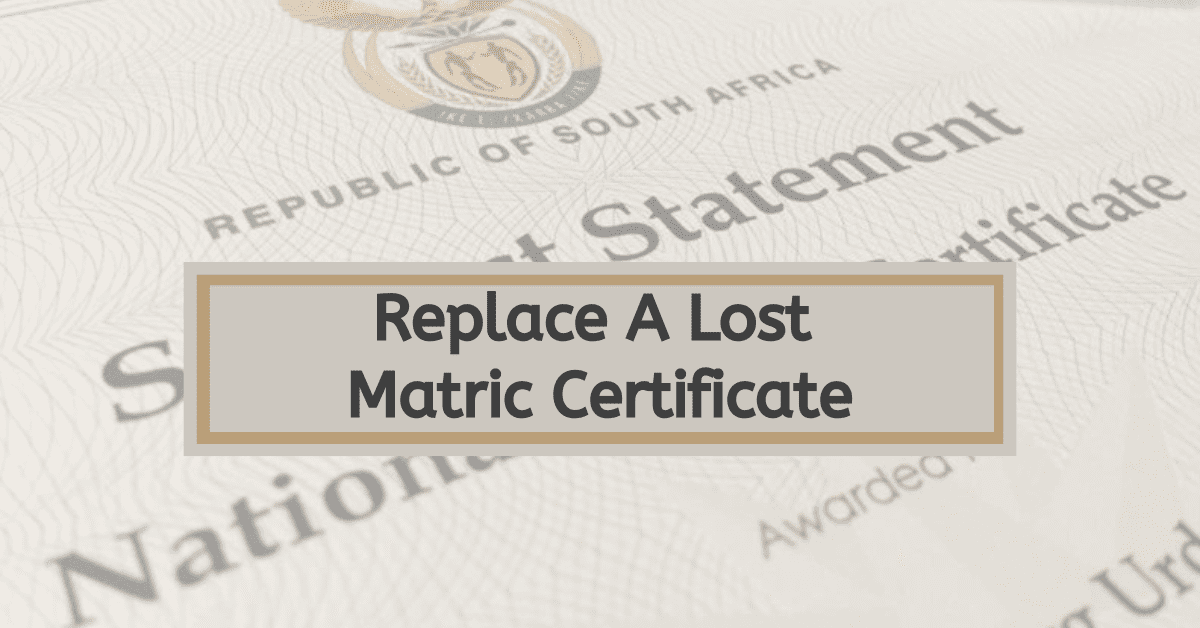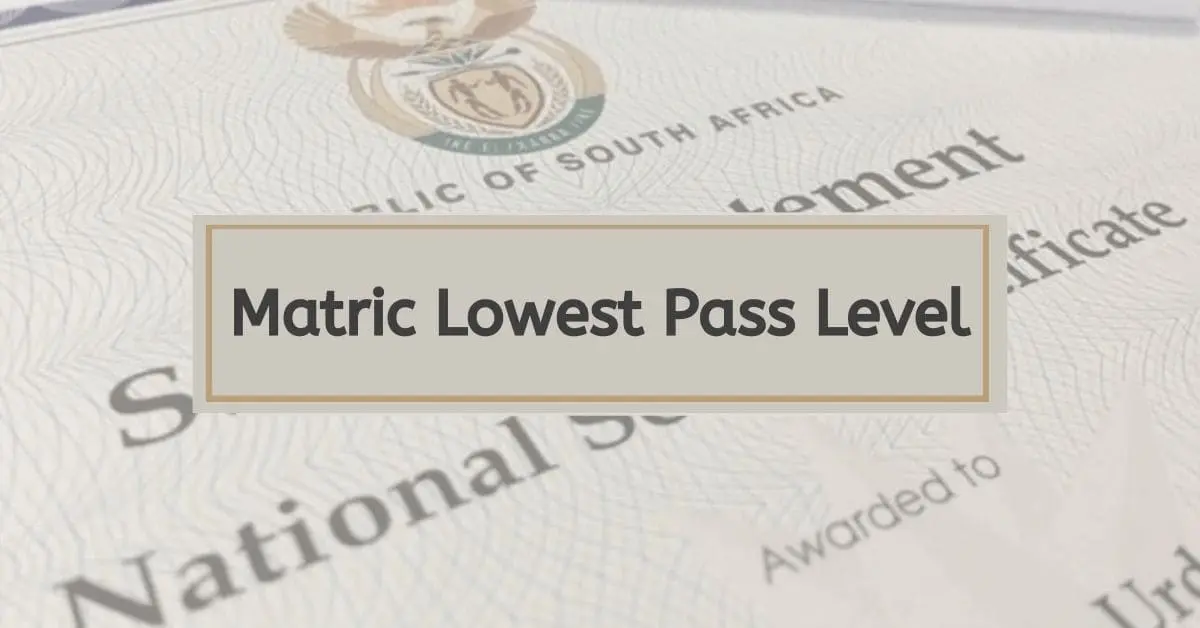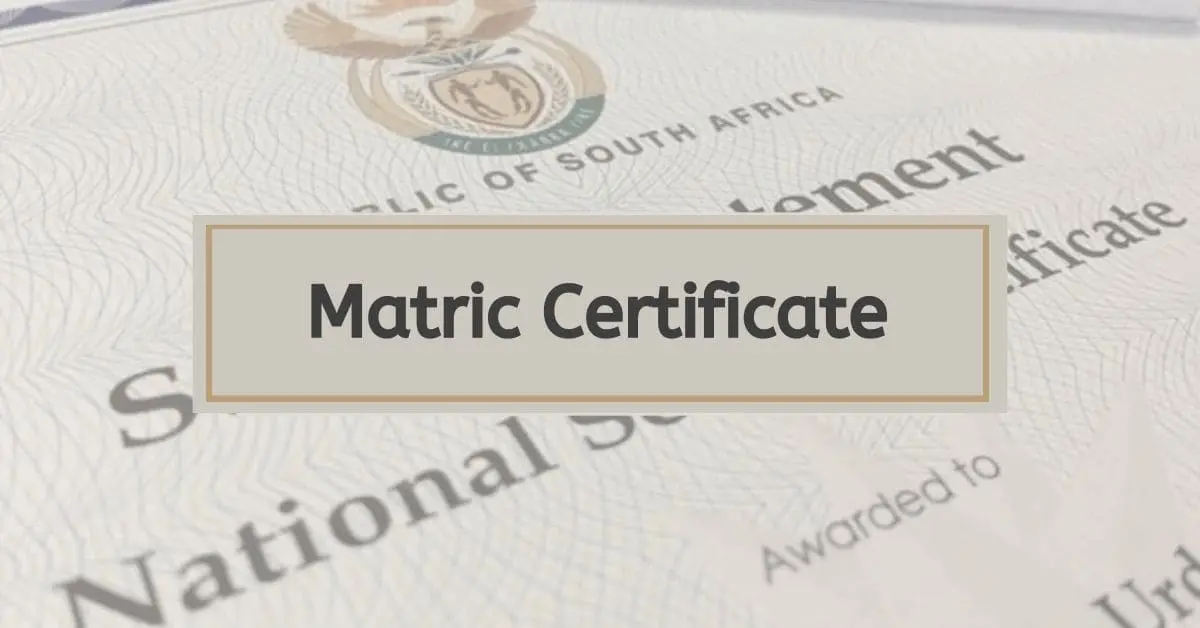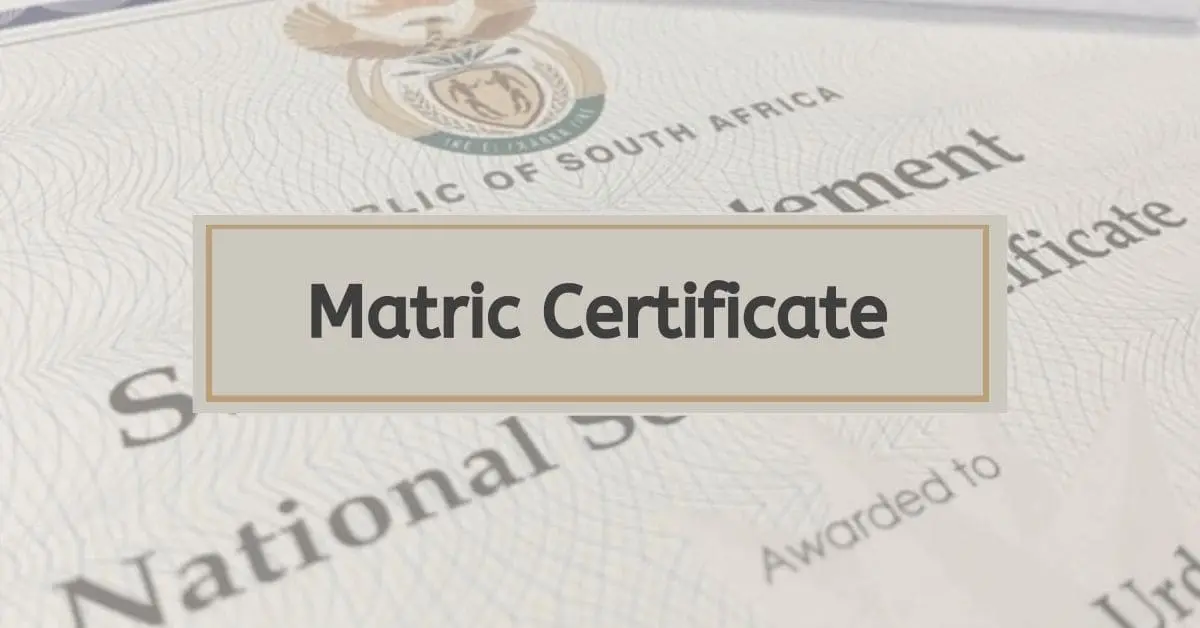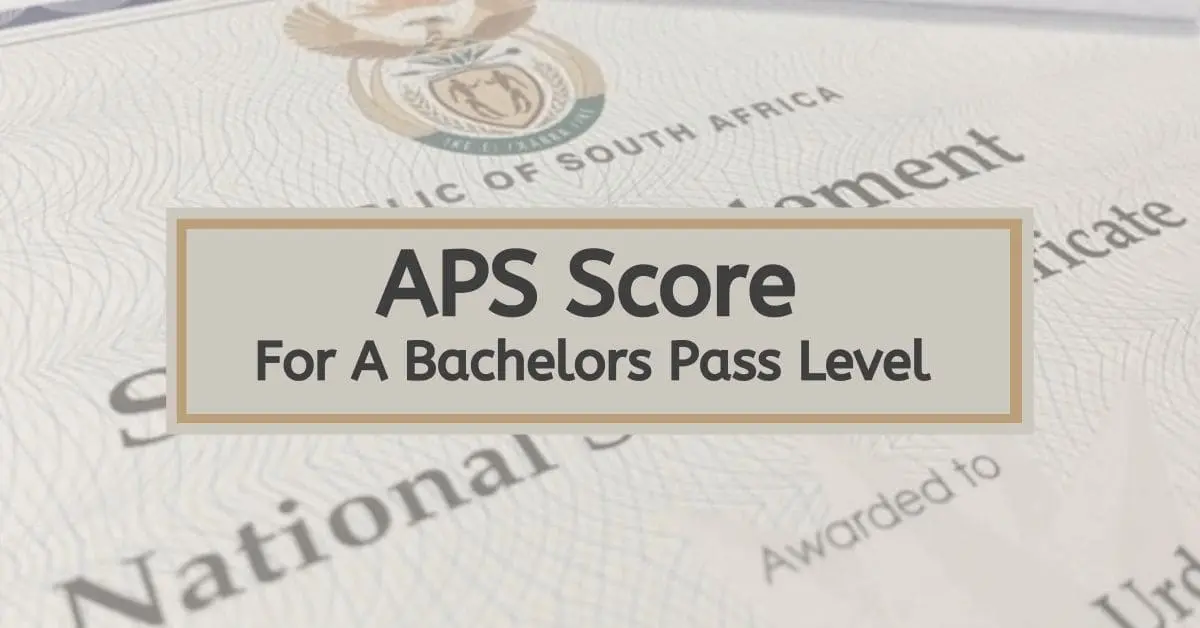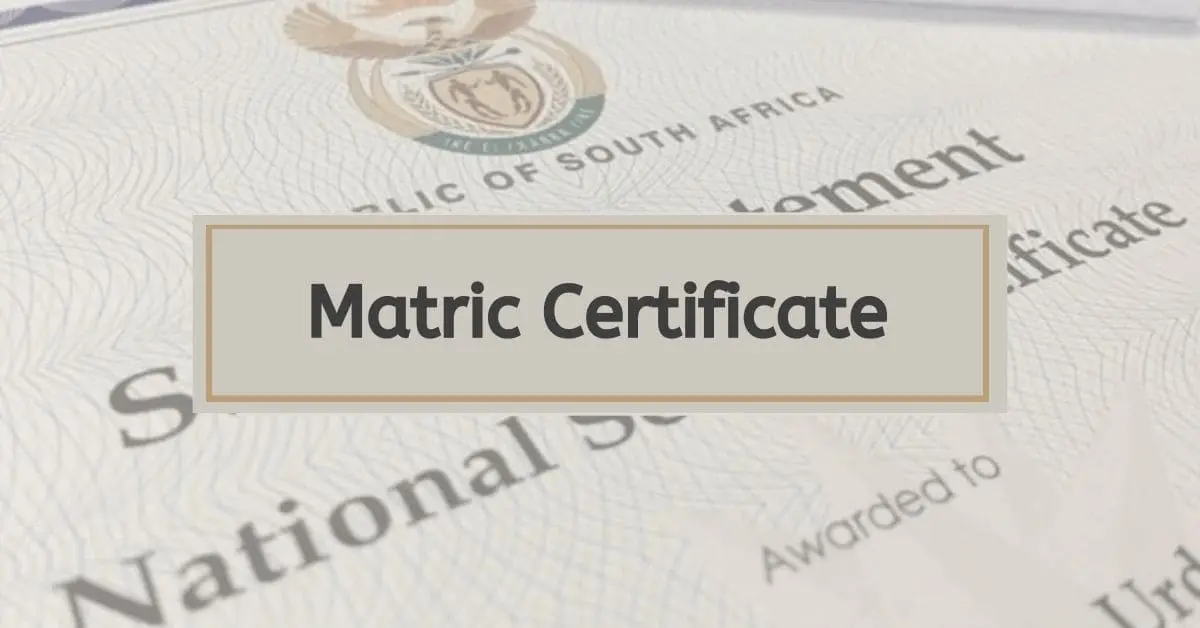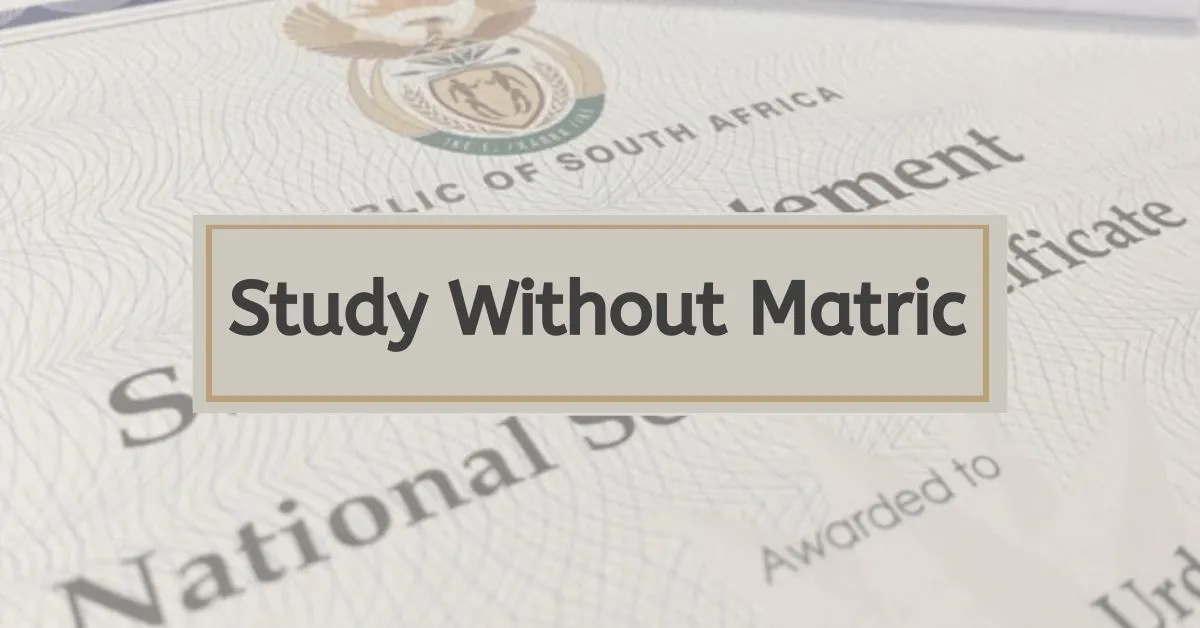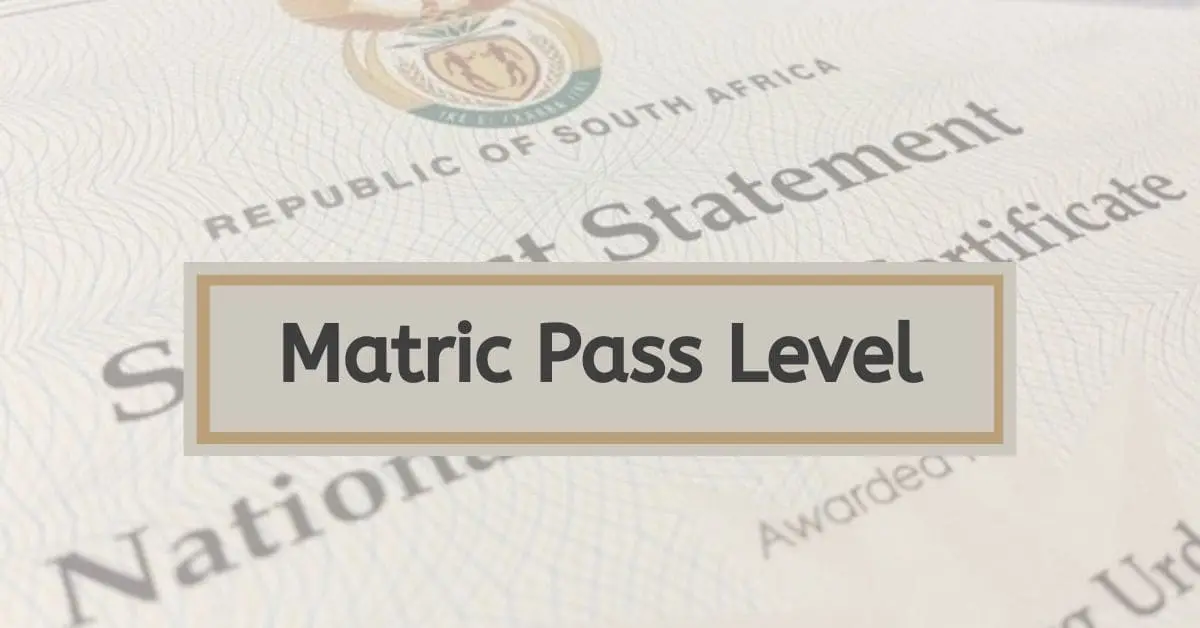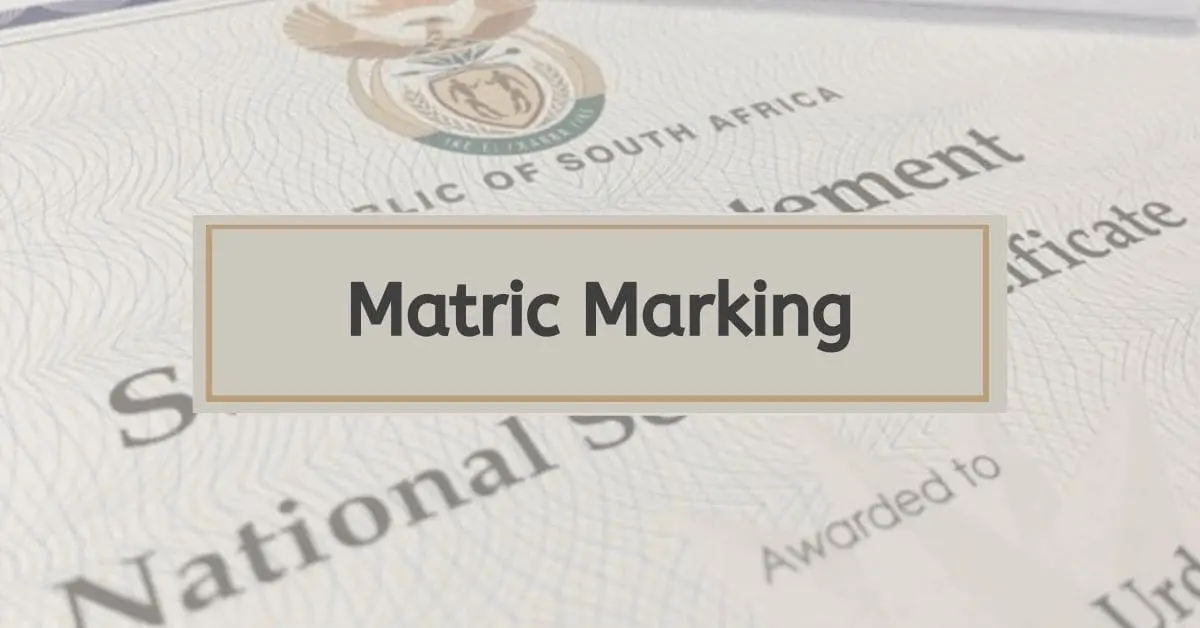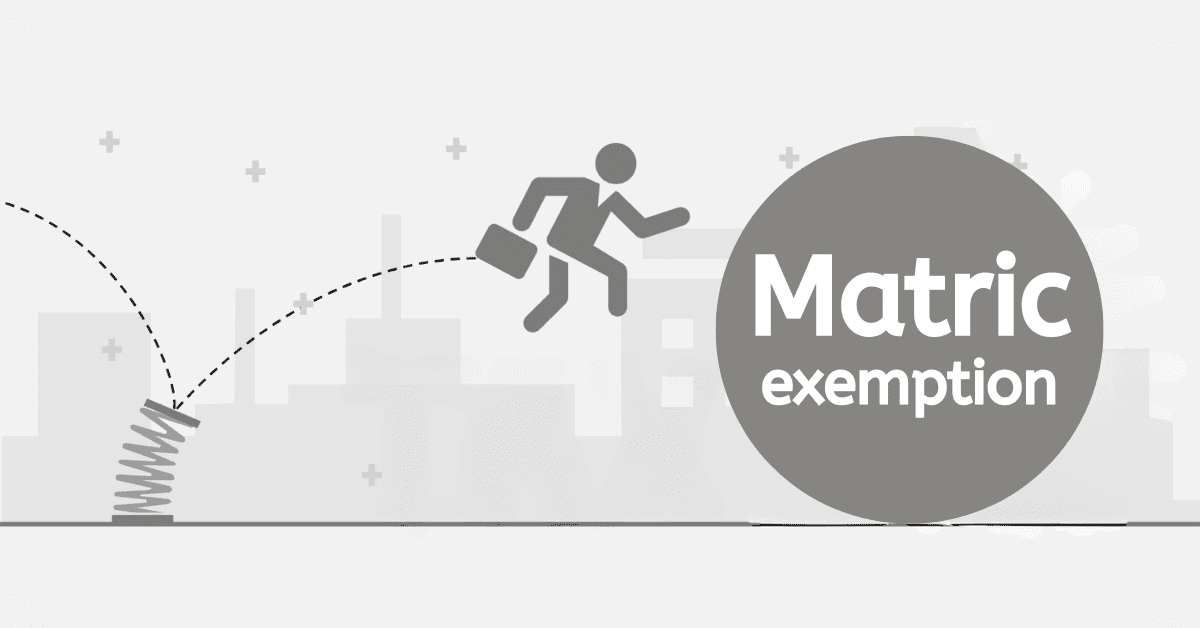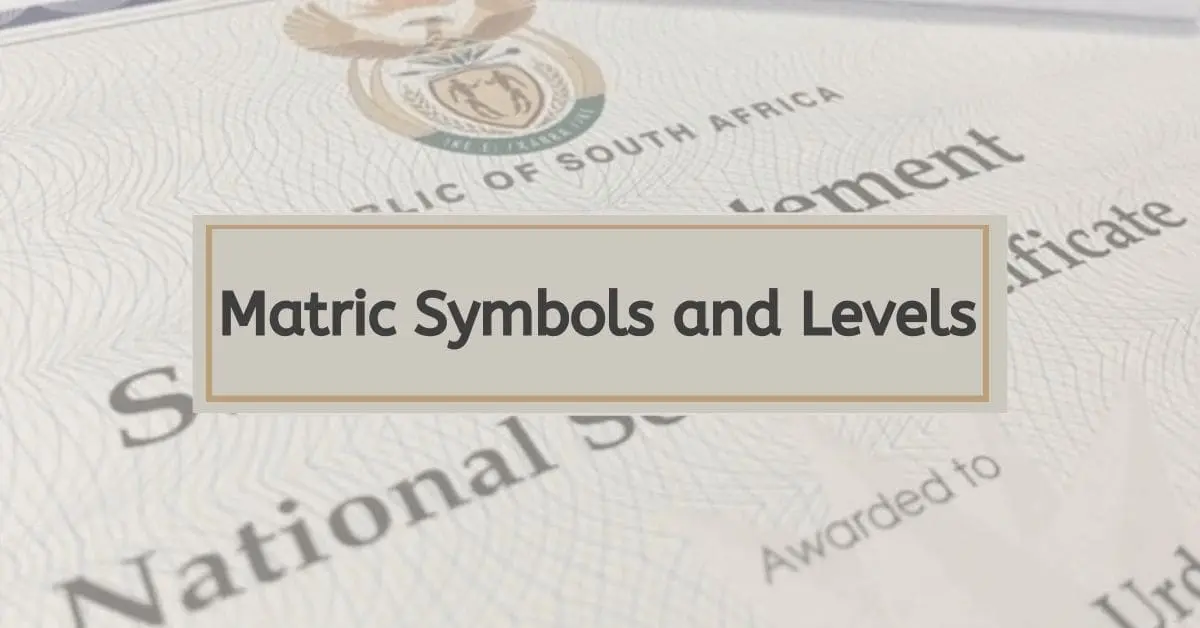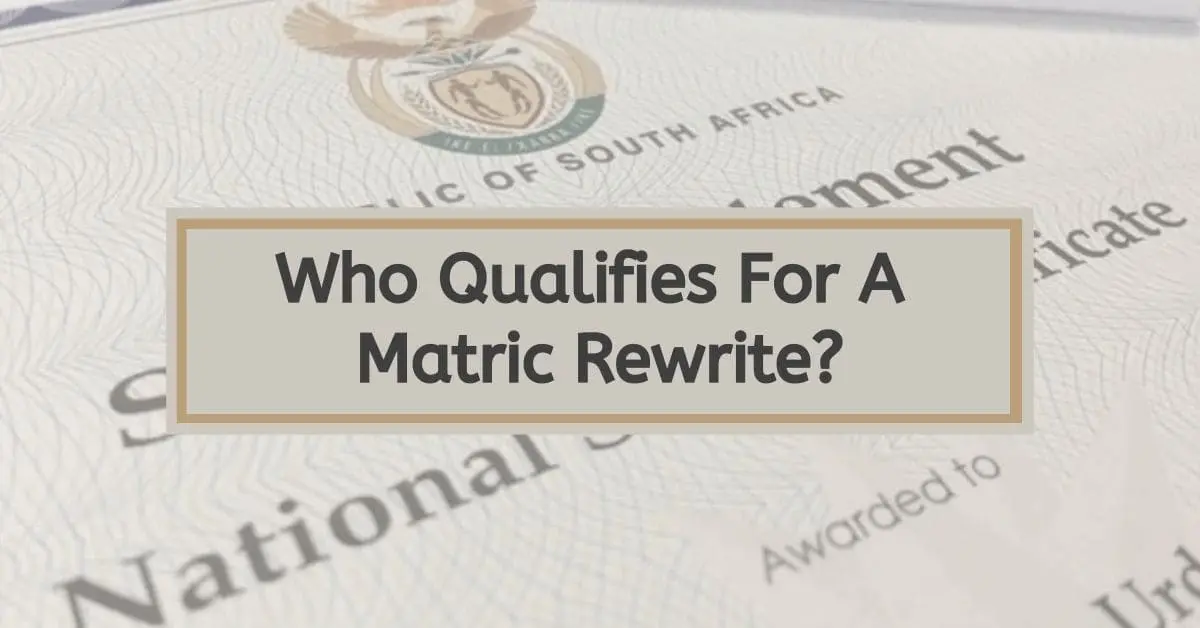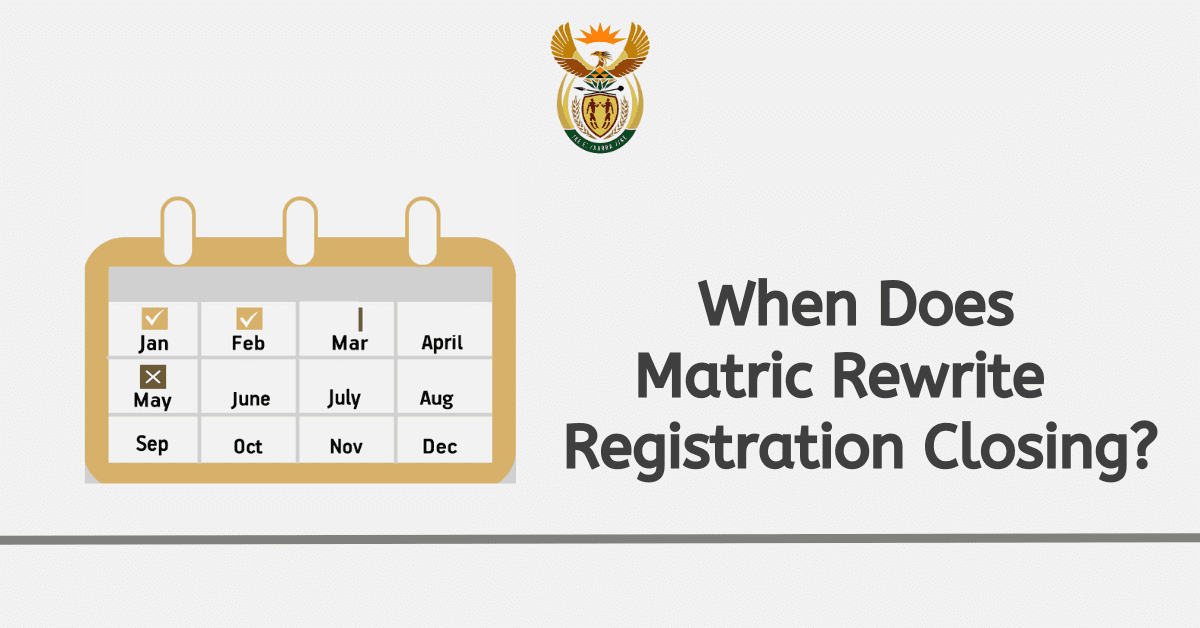When you write your Matric examinations toward the end of the year, the next thing you will expect is to get your results. All exam scripts are marked first before the final results are processed. This article explains everything you want to know about the Matric marking process.
When Does Matric Marking End?
Matric Exam marking usually begins soon after the end of Matric exams in December. In 2025, Matric exams ended on 7 December, and marking commenced on 9 December to 20 December. The marking process is usually completed a few days before the Christmas holidays.
When the Matric results are released sometime in January, you may not be happy about the passes you get. In such a situation, you can request a Matric Exam Remark, which usually comes with a fee. A different matric marker will mark your paper for the second time, which can take a few days.
Unsuccessful candidates in their first sitting of Matric exams can apply for a rewrite to improve their results. Matric rewrites are often conducted between May and June after the release of initial results. Marking commences soon after the end of the last Matric rewrite paper, and it takes up to two weeks to complete. There is no fixed start date or end date for marking Matric exams.
How Do They Calculate Matric Final Marks?
High school Matric final marks are calculated using school-based assessments (SBA) such as assignments, projects, tests, and final examination results. SBA contributes 25% to the final grade, while 75% comes from the final examination to make it 100%. You should do well in your assignments and final examination to get high passes.
How Do I Calculate My Pass Mark?
Many people commonly believe that 30% is the average pass mark for Matric, but this is not correct. All students must meet certain subject requirements to obtain an NSC pass which includes the following:
- 40% or higher in three subjects that include your home language
- 30% or higher in the other two subjects
- Attain 30% in the other six subjects where you can fail one subject
Depending on the course you want to pursue after Matric, there are different pass levels also considered, including Bachelor’s Degree, Higher Certificate Pass, and Diploma.
For a Bachelor’s Degree pass, you should have the following passes:
- 40% or higher in your Home Language
- 50% or higher other four high-credit subjects
- 30% or more in the other two subjects
A Diploma pass allows you to study for a diploma at a higher learning institution, and it should consist of the following passes:
- 40% or above in your home language
- 40% or higher in three other high-credit subjects
- At least 30% in two other subjects
A higher Certificate pass allows you to pursue your studies at TVET or private colleges of your choice. You should pass at least six out of seven subjects with the following passes:
- 40% or more in your Home Language
- 40% or higher in the other two subjects
- At least 30% in four other subjects
How Does Upgrading Marks Work?
A Matric Upgrade course is designed for people who have completed their Matric ex ams but are unhappy with their results. It allows you to improve your grades or add new subjects to your Matric certificate to be able to gain entrance into college or university. Some courses at colleges or universities require different passes that range from a bachelor’s degree pass, a diploma pass, or a high APS.
Individuals above 21 years qualify for the Matric Upgrade course. However, you must have written Matric before and want to improve your passes. You are allowed to upgrade all your subjects, and you will get a set of new results which are combined with your old Matric results. The Department of Basic Education (DBE) will issue you a new Matric Certificate.
How Many Marks Do You Need to Pass Matric?
There are different types of Matric pass levels one can get, which determine the kind of studies you can pursue at tertiary institutions. These passes include Bachelor’s Degree Pass, Diploma Pass, Higher Certificate Pass, and Senior Certificate Pass.
The highest Matric Pass level one can obtain is the Bachelor’s Degree Pass Level which allows you to study at a university or other colleges that offer degree programs. You must have the following marks to get a Bachelor’s Degree Pass in Matric.
- 40% in your home language
- 50% in four high-credit subjects
- 30% of two other subjects
You will also have a minimum APS of 23 when you meet these passes.
A Diploma Pass level allows you to pursue a diploma course at tertiary institutions such as a college or university of technology. To get this second-highest matric pass, you must get the following minimum marks:
- 40% in your home language
- 40% in four other high-credit subjects
- 30% in two other subjects
When you meet these Diploma passes, you will get a minimum APS of 19.
The third highest Matric pass level is the Higher Certificate which allows you to obtain a Higher Certificate course at any college of your choice. You must have the following minimum passes to get a Higher Certificate pass.
- 40% in your home language
- 40% for the other two subjects
- 30% for the other three subjects
When you meet these requirements, you will get a minimum APS of 15 and a Higher Certificate Pass.
A senior certificate Pass is the minimum requirement for one to pass Matric, and it gives you a Matric Certificate. You must have the following marks to get this Matric pass level.
- 40% in your home language
- 40% in two other subjects
- 30% in the other three subjects
While you can fail one subject, you should have at least 30% or more in the other subjects. By fulfilling these requirements, you will get a minimum APS of 14 and a Senior Certificate Pass.
Each mark you obtain in your Matric contributes to your Average Point Score (APS), which ranges from 1-7. Your APS determines your eligibility to study at specific institutions of higher learning. The Matric grading system is as follows:
- Level 7: 80 – 100% (Outstanding achievement)
- Level 6: 70 – 79% (Meritorious achievement)
- Level 5: 60 – 69% (Substantial achievement)
- Level 4: 50 – 59% (Moderate achievement)
- Level 3: 40 – 49% (Adequate achievement)
- Level 2: 30 – 39% (Elementary achievement)
- Level 1: 0 – 29% (Not achieved: Fail)
The grading system determines your APS, which is derived from adding the points achieved per each subject. The following is an example of the point system.
- 80 – 100% = 7 points
- 70 – 79% = 6 points
- 60 – 69% = 5 points
- 50 – 59% = 4 points
- 40 – 49% = 3 points
- 30 – 39% = 2 points
- 0 – 29% = 1 point
Matric marking begins soon after the completion of the final exams, and the process usually takes about two weeks. Different types of Matric passes are considered to determine the course one can pursue at a higher learning institution like college or university.
